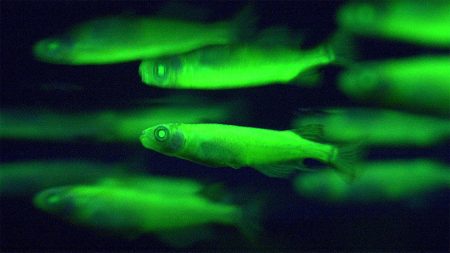Researchers have discovered that the teeth of Komodo dragons, the largest living reptiles, have a unique feature – a layer of iron that lines the serrated edges and tips of their razor-sharp teeth. This iron coating may help the dragons tear through the flesh of their prey, such as deer or water buffalo, safely. While other animals like beavers have iron-infused enamel, the iron in Komodo dragon teeth is distinct in that it is layered on top of the enamel, similar to icing on a cake.
A team of researchers, led by paleontologist Aaron LeBlanc, studied the teeth of Komodo dragons to understand what makes the teeth of meat-eating dinosaurs effective at cutting. They found orange stains on the tips and serrated edges of the teeth specimens under a microscope, which turned out to be a layer of iron. This iron coating is unique to the Komodo dragon teeth, as other modern reptiles studied by the team did not show visible signs of iron, though some exhibited a thin layer along the cutting edge.
Chemical and structural imaging techniques confirmed the presence of iron in the Komodo dragon teeth, with potential implications for other modern meat-eating reptiles. The team’s analysis suggests that this trait of having iron-coated teeth may be widespread among such reptiles. While the study sheds light on the teeth of modern reptiles, the researchers also hope to investigate whether long-gone carnivorous dinosaurs had similar iron shields on their sharp tooth edges.
The challenges of studying the presence of iron in fossilized dinosaur teeth are highlighted, as iron tends to seep into the tooth tissue over millions of years, making it difficult to detect. By examining the iron coatings in Komodo dragon teeth in more detail, researchers aim to gain insights into the use of iron shields in ancient carnivorous dinosaurs. Overall, this discovery adds to our understanding of the unique adaptations that reptiles have evolved to aid in their feeding behaviors and interactions with prey.
Erin I. Garcia de Jesus, a staff writer at Science News, summarizes the findings of this study. The interdisciplinary research team’s work underscores the importance of supporting climate journalism and environmental literacy, especially in the face of climate change. Through subscriptions and contributions, readers can help strengthen science communication and ensure that our responses to environmental challenges are grounded in scientific understanding.















